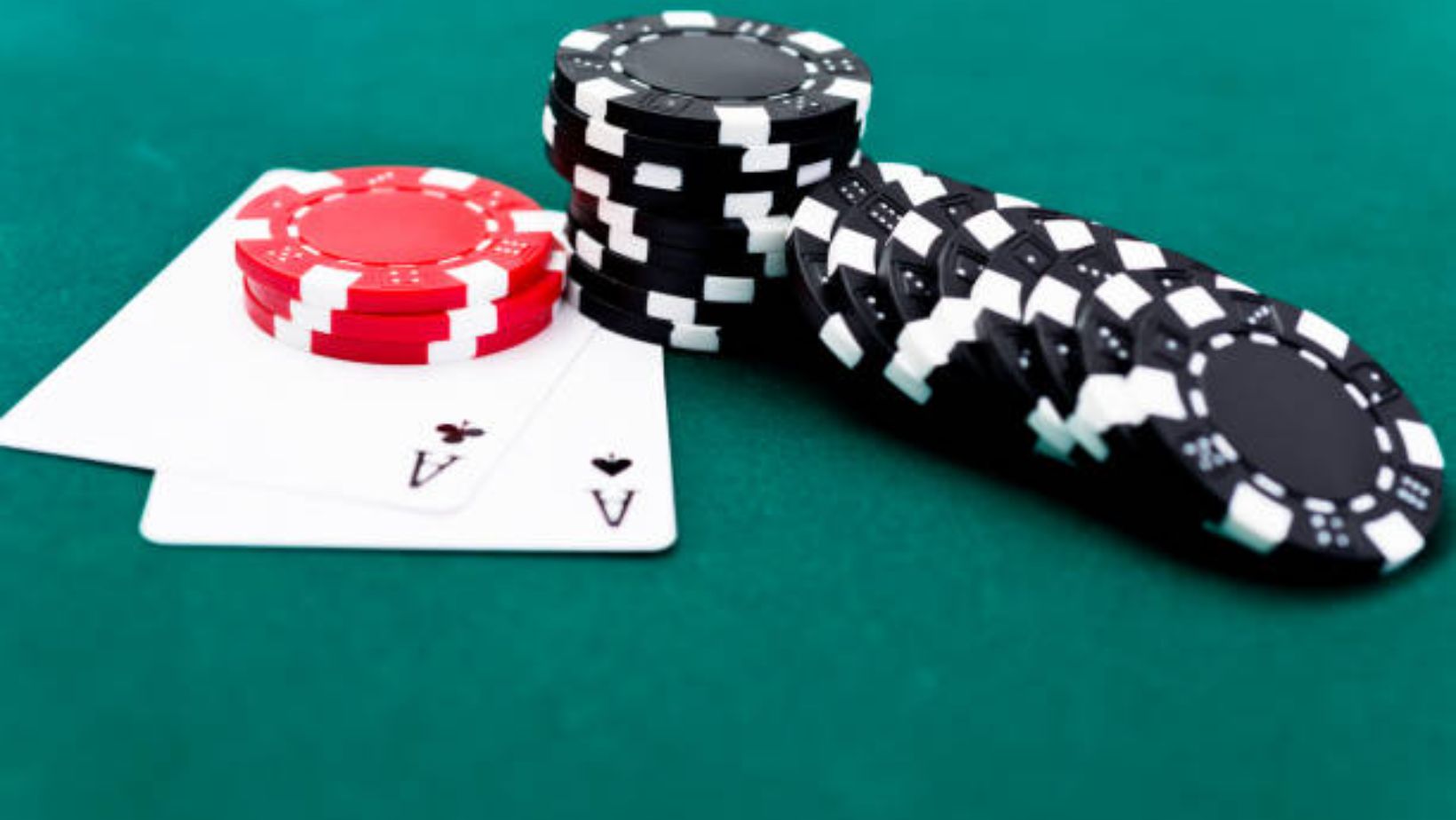The World Series of Poker (WSOP) is the biggest and most prestigious event in poker, but due to the Covid-19 pandemic, WSOP has gone online! It’s a great opportunity for poker players stuck at home but still want to experience some real tournament action. With an online format, you can take part without risking your health or traveling long distances. So get ready for some serious virtual card action as we explore tactics to help you stack those chips high and take home a big win in WSOP Online!
1. Overview of WSOP Online
The WSOP is the most prestigious tournament series in the world of poker, drawing players from all over the globe. Thanks to technology, players can now play WSOP Online and join WSOP events using the WSOP Poker app. One advantage of playing WSOP Poker online is the sheer convenience that it offers. Instead of having to travel to physical locations to compete in tournaments, players can easily log in from their computers or mobile devices and enter events without worrying about the expenses and inconvenience associated with travel.
Furthermore, the WSOP Poker Texas Holdem Game app offers free-to-play game modes, meaning players can experiment with different strategies and play styles and take bigger risks without consequence. And with the chance to win prizes such as WSOP rings and bracelets, it’s no wonder that WSOP Online is growing in popularity. Overall, the convenience, accessibility, and thrill of WSOP Online make it a must-try for any poker enthusiast.
2. Knowing When to Fold
One crucial aspect of determining whether to stay in hand is evaluating your starting hand. The top five starting hands, in order, are AA, KK, QQ, JJ, and AK suited. Aside from knowing the starting poker hand rankings, you must also be able to identify whether your hand is playable. Factors to consider include the cards’ ranks, suits, and your position at the table.

Generally, playable starting hands consist of high-value pairs, suited cards, and connected cards. Hands that should be folded consist of low-value cards that are disconnected, unsuited, or not paired. Furthermore, the later your position is in the betting round, the more hands you can play. For example, you wouldn’t normally play a pair of 4s from an early position, but if you’re in a late position and no one has placed a bet, you could consider playing it.
3. Playing Aggressively to Win
While passive play may seem safer and more conservative, it comes with a number of disadvantages that can hinder your chances of winning. Playing passively can allow your opponents to dictate the pace of the game, giving them the opportunity to control the action and make decisions that work against you. In contrast, playing aggressively can pressure your opponents and force them to make mistakes or fold in situations where they might otherwise have a stronger hand. This type of play can also lead to bigger pots and, ultimately, more significant payouts if you can secure the win.
4. Betting Strategically
Two strategies that can greatly improve your game are continuation betting and check-raising. Continuation betting involves making a bet on the flop after placing the last pre-flop raise, regardless of the strength of your hand. This can pressure your opponents and increase your chances of winning the pot, but you are also at risk of losing more chips if your opponents call or raise and you have a weak hand.
On the other hand, check-raising involves checking on your turn when you have a strong hand, anticipating that a player behind you will make a bet, and then raising. This is especially effective if you know a bluffer is in a late position and can be used to get more money in the pot, but if no one bets, opponents will be able to see more cards for less money and possibly outdraw you.
5. Bluffing Effectively
Bluffing is a crucial part of any successful poker strategy. It involves making your opponents believe that you have a better hand than you actually do, causing them to fold and give you the pot. The key to bluffing effectively is to maintain a consistent style of play so you don’t give away any tells. Semi-bluffing, on the other hand, involves betting with a hand that is not currently a winner but has the potential to become one by the end of the hand. This is a slightly less risky move than a full bluff, as you’ll still have a chance of winning even if your opponent calls.
6. Exploiting Your Table Image
Table image is the perception that your opponents have of you based on your gameplay and actions at the virtual poker table. Exploiting your table image involves being strategic with your actions and using them to mislead your opponents. For example, if you are known for only playing premium hands, your opponents are likely to fold when you make a bet, allowing you to play a wider range of hands and win the pot even when you don’t have a particularly strong hand.

On the other hand, if you’ve been playing loosely, use this to your advantage by tightening up your play and only betting with strong hands. This will allow you to capitalize on your opponent’s perception of your loose play style and win big when you do have a strong hand.
Conclusion
To become a successful poker player, you must know when to fold and how to exploit your table image. You should also be aware of betting strategies such as continuation betting and check-raising. Additionally, aggressive play is an important part of any good strategy. With these tips, you’ll have all the tools necessary for success at GGPoker, the world’s largest poker room!

